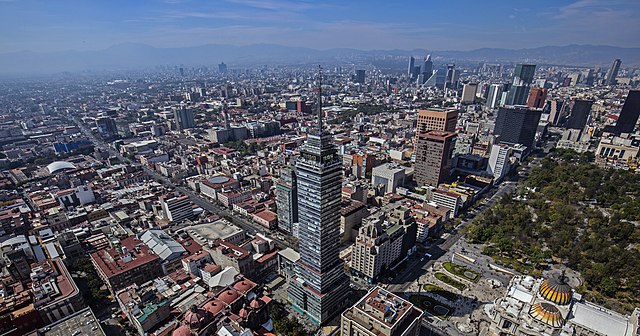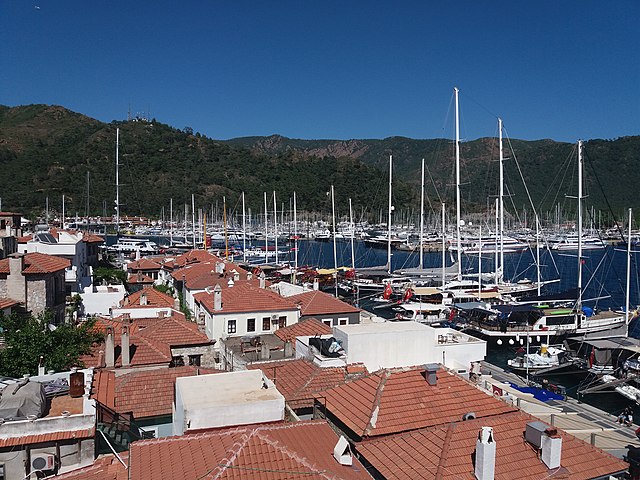In the grand tapestry of global geopolitics, economic twists, and trade wars, an unexpected hero emerges – Mexico.
The nation has suddenly found itself with the proverbial golden ticket, particularly due to the ongoing tensions between the US and China.
As global trade routes undergo significant alterations, Mexico has ascended the ranks to become the top supplier of goods to the US, overtaking the massive Chinese manufacturing machinery.
These new dynamics of international trade have not only invigorated Mexico’s export sector but also catapulted its currency and stock market to enviable positions.
With foreign investments skyrocketing and global giants like Tesla announcing ambitious projects, Mexico’s allure is reminiscent of its post-North American Free Trade Agreement (NAFTA) days in the 90s.
But, as any seasoned investor knows, past performance is not indicative of future results.
The same Mexico, which was poised to soar post-NAFTA, has remained trapped in an economic quagmire for decades.
Despite a landmark trade deal, its annual growth trudged along at a mere 2%, a disappointing figure for a developing economy.
In this backdrop, one wonders if Mexico is poised to truly capitalize on the present opportunity or if history will repeat itself.
President Andrés Manuel López Obrador’s administration has been marked by contentious relationships with the business community, which might dampen the spirits of potential investors.
At the same time, the country’s increasing investments have strained its infrastructure, with issues like inconsistent power supply, insufficient industrial space, and a looming water crisis casting shadows over its growth prospects.
Monterrey serves as a perfect microcosm of Mexico’s dual realities.
On one side, we see a bustling hub of industry, with construction cranes dotting the skyline and warehouses being snatched up faster than they can be built.
However, frequent power outages and strained resources paint a contrasting picture of the challenges that lie ahead.
To make matters complex, domestic investments remain tepid.
The local corporate sector’s reluctance to borrow and invest could impede the potential of transforming this growth spurt into a sustainable upward trajectory.
This caution, coupled with issues like high interest rates and a vast informal economy, hints at a scenario where Mexico could become merely an assembly point, importing components and exporting finished products without significant local value addition.
Mexico’s story of maquilas, or assembly factories, isn’t new.
These factories, operational since the 1960s, played a crucial role in establishing Mexico as a manufacturing behemoth.
While NAFTA propelled exports, it also opened floodgates to imports that made small-scale farming unviable, widening the economic divide between Mexico’s north and south.
President López Obrador’s vision of a more equitable economic landscape is laudable.
His investments in projects aimed at uplifting the south, like the Interoceanic Corridor, are steps in the right direction.
However, the sheer geographical proximity to the US remains Mexico’s undeniable advantage, an element any investment in the south can’t replicate.
In essence, while Mexico enjoys a unique position due to its geography and trade agreements, the challenge lies in maximizing this advantage.
An addition of even 0.7% to its GDP might seem modest, but it can transform its economic landscape.
So, to the astute investor, I’d say, keep a close eye on Mexico.
This nation stands on the precipice of monumental change.
But, as with all investments, it comes with its set of risks.
As we navigate these uncharted waters, let’s remember to stay informed, agile, and, most importantly, optimistic.
After all, fortune, as they say, favors the bold.
Peter Burke









